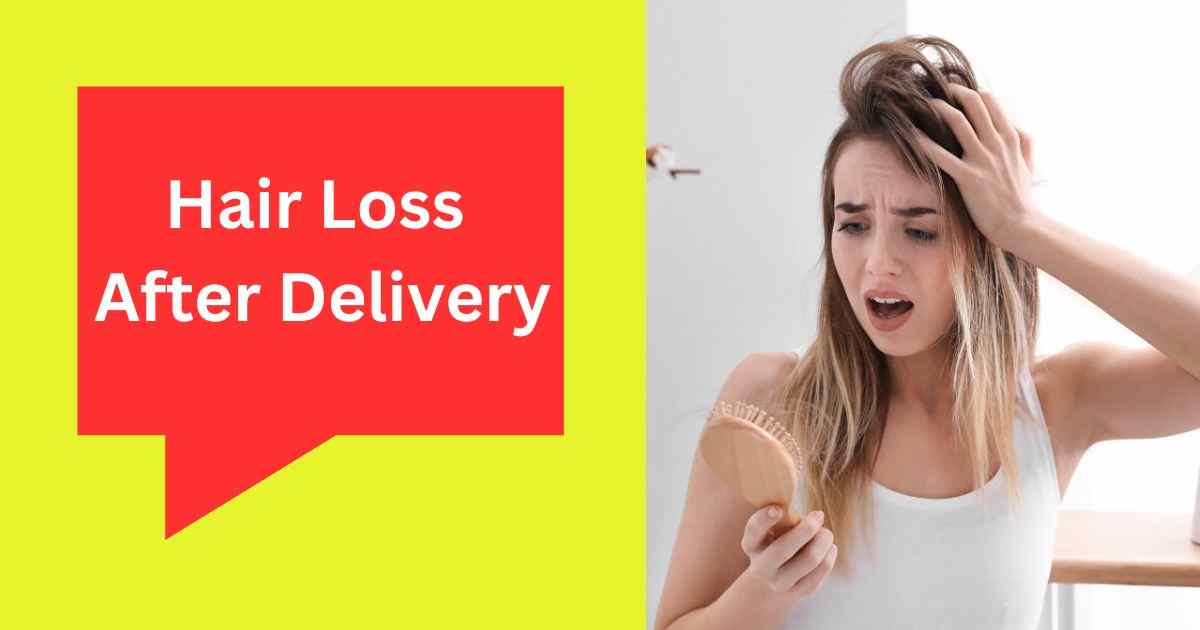Bringing a new life into the world is an incredible journey, but it comes with its own set of physical changes, including postpartum hair loss. Often referred to as postpartum alopecia or telogen effluvium, this temporary shedding of hair can be alarming for new mothers. However, understanding the causes, timeline, and management strategies can help ease concerns and provide reassurance during this natural phase of motherhood. This article explores the phenomenon of hair loss after pregnancy, investigating the causes and providing tips on how to manage it.
Understanding Postpartum Hair Loss
Normally, individuals have between 80,000 to 120,000 hairs on their scalp and naturally shed up to 100 hairs per day. However, during postpartum hair loss, the shedding exceeds 100 hairs daily.
Postpartum hair loss is a common phenomenon experienced by many women in the months following childbirth. While pregnancy often brings about luscious, thick hair due to hormonal changes, once the baby is born, hormone levels start to normalize, leading to hair shedding. This shedding typically peaks around three to four months postpartum but can begin as early as one month or as late as six months after giving birth.
Causes of Postpartum Hair Loss
The primary cause of postpartum hair loss is hormonal fluctuation. During pregnancy, elevated levels of estrogen prolong the growth phase of hair, resulting in reduced shedding and thicker locks. However, after childbirth, estrogen levels plummet, causing more hair follicles to enter the resting phase, known as telogen. This shift from the growth phase (anagen) to the resting phase (telogen) leads to increased shedding of hair, often noticeable during activities like showering or brushing.
Additionally, the stress of childbirth and the demands of caring for a newborn can contribute to hair loss. Lack of sleep, nutritional deficiencies, and changes in routine can also exacerbate the condition.
Management Strategies
While postpartum hair loss is a natural and temporary phase, there are several strategies that can help manage and minimize its effects:
Balanced Nutrition: Eating a diet rich in vitamins and minerals, particularly those essential for hair health such as vitamin E, vitamin D, biotin, and iron, can support hair growth and reduce shedding. ENOF Vegetable Powder is a great supplement that can provide you almost all vegetable nutrition.
Gentle Hair Care: Avoiding excessive heat styling, tight hairstyles, and harsh chemicals can help prevent further damage to fragile postpartum hair. Opt for gentle shampoos and conditioners formulated for thinning hair.
Stress Management: Finding ways to reduce stress, whether through meditation, exercise, or delegating tasks, can positively impact overall well-being and may help mitigate hair loss.
Patience: Understanding that postpartum hair loss is temporary and part of the body’s natural response to childbirth can alleviate anxiety. Hair typically regrows within six to twelve months postpartum, although it may take longer for some women.
Conclusion
Postpartum hair loss is a natural and temporary phase experienced by many women after childbirth. Understanding the underlying causes, implementing management strategies, and seeking support can help alleviate concerns and navigate this aspect of the postpartum journey with confidence. With time, patience, and self-care, new mothers can embrace the changes in their hair and focus on the joys of motherhood.

